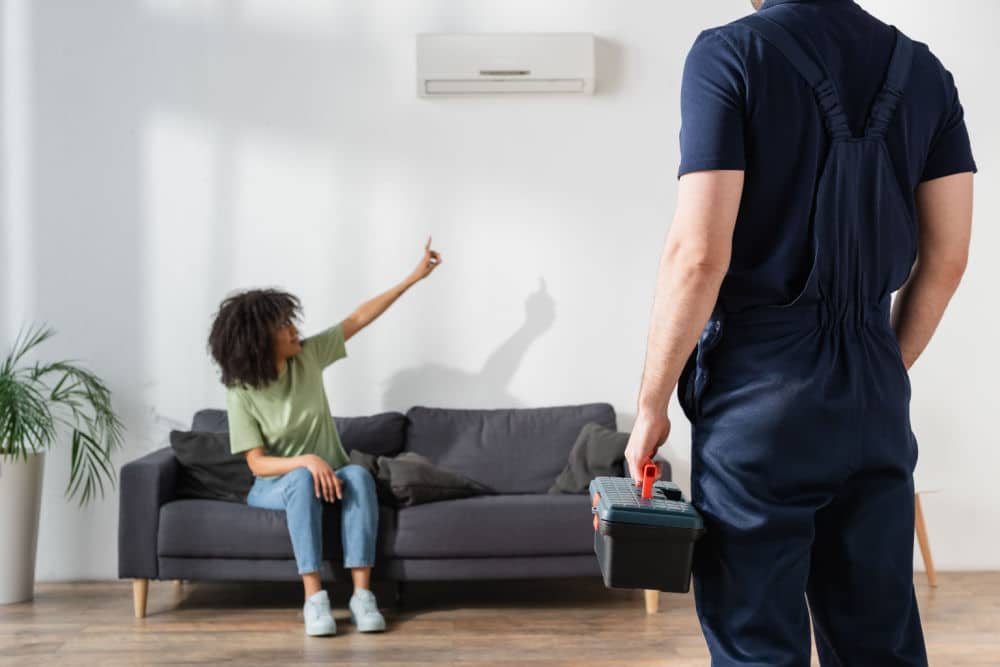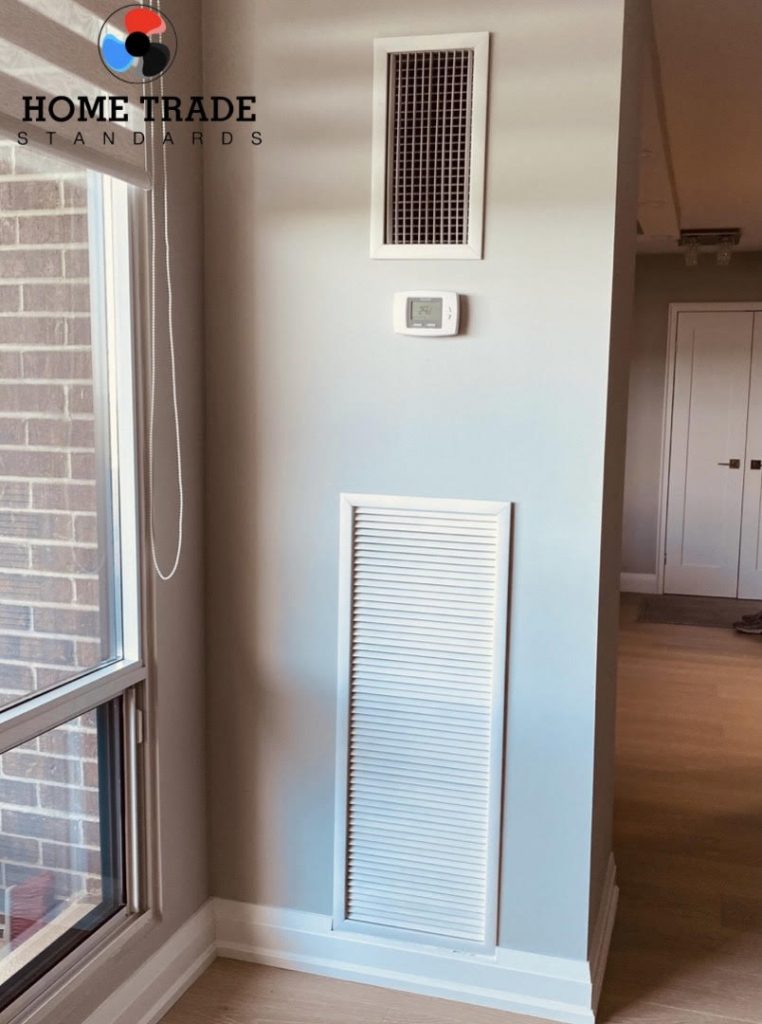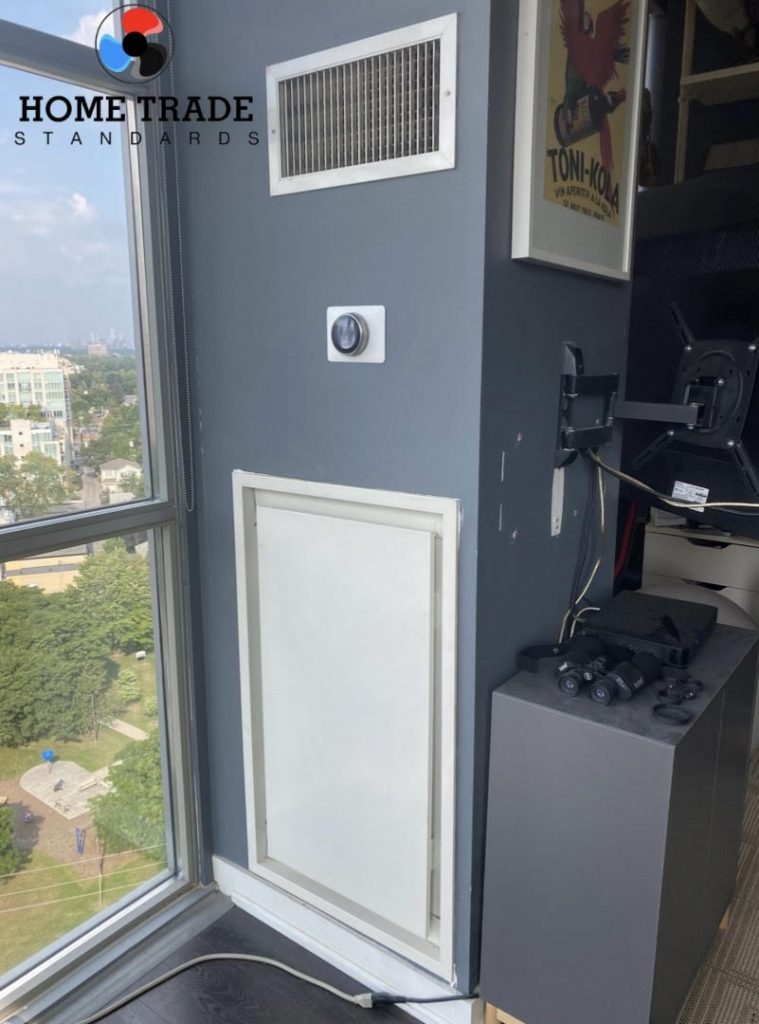
Many condo owners in Toronto contact us when they feel like the temperature in their space is either too hot or too cold consistently. This is one of the most reported problems in residential low-rise & high-rise buildings. In this guide, we would like to examine six (6) common causes of in-suite temperature imbalances and solutions for property managers to address these issues.
1. Condo Thermostat is Not Working Properly
Over time, thermostats lose their sensitivity and calibration, resulting in inaccurate temperature readings. This can cause the heating system to work for longer, resulting in overheating. The solution is to replace the thermostat with a new, calibrated unit.
Our Recommendation: You need to replace the thermostat to resolve this problem.

2. Location of Your Thermostat & Surrounding
The thermostat’s location can significantly affect the temperature reading accuracy. If the thermostat is placed too close to a heat-emitting source, such as a window or appliance, it may not accurately display the temperature. To resolve this issue, consider relocating the thermostat to a more suitable location.
Installing the thermostats beside windows or direct sunlight can also cause malfunction to the temperature reading.

Our Recommendation: Try to Keep the thermostat protected from direct sunlight or other appliances closed by. In some case you may need to relocate your thermostat.
3. Your Bedroom Feels Colder Than the Living Room
This is due to the location of your thermostat. Your thermostat can only sense the temperature of the room where it is installed. Therefore, your HVAC system shuts off automatically when the living room set temperature is reached.
Our Recommendation: Install a Smart Thermostat With Temperature Sensors
New smart thermostats can often be purchased with accessories like Google Nest Temperature Sensors. This will allow your HVAC system to detect cold rooms and provide more accurate airflow & heating when it is needed. Read our previous article, “Can I Install a NEST Thermostat In My Condo? ” Click Here!

4. Uneven Airflow Distribution Through Air Vents
Condo Heating Systems can serve more than one room. For example, you may get hot air flow to your bedroom, living room & kitchen if you’re receiving too much heat & airflow in your bedroom & living room while your kitchen is still too cold.
Our Recommendation: Install a new vent with a damper. This will allow you to block the airflow and direct it to the colder rooms in your condo.

5. Energy Recovery Ventilation (ERV) Malfunction
ERV systems can have a significant impact on temperature control inside condos. Because they continuously introduce fresh air into the units, they can help to maintain a consistent temperature throughout the condo. However, in some cases, the continuous flow of fresh air from an ERV system can also lead to temperature imbalances within the units. This is particularly true in the winter when the incoming fresh air is colder than the indoor temperature. To address this issue, property managers can consider adjusting the settings on the ERV system to reduce airflow during the winter months. Alternatively, a professional HVAC technician can evaluate the ERV system and determine the optimal solution for your specific building.
Our Recommendation: Contact Condo ERV Specialists to look into air balancing.
6. In-Suite HVAC Problem
After all, your thermostat might be working fine, but you still feel that your condo gets too hot or cold in winter or summer. This can be due to mechanical issues in your fan coil unit. For all Condo HVAC Repair Services, please get in touch with Us directly at (416) 736-7001 to schedule a service call.
Note: If you’re new to this, you can learn about all Condo HVAC Systems in this video (Click Here) or visit our condo Heating systems Page (Click Here).

